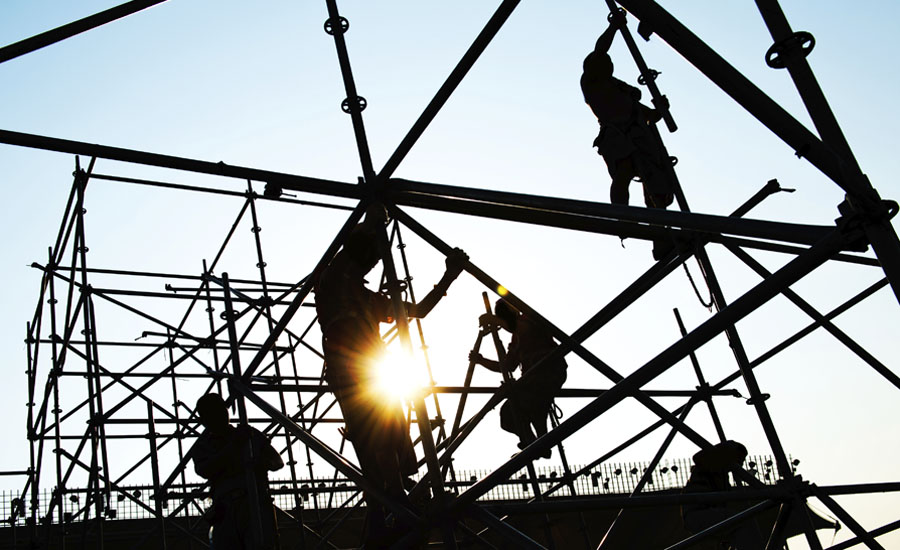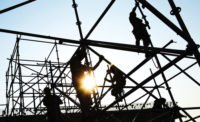Skanska’s Construction Work Plan tool (CWP) is a Windows-based excel spreadsheet that enables efficient, effective, and consistent planning for construction work activities. The tool has been used by thousands of Skanska team members all over the country. The CWP marries safety planning with lean methodologies.
The CWP has been utilized on Skanska Civil Northeast projects for 12 years. Skanska USA, including Building and Civil business units are now using this tool on all projects. The tool engages the entire project team: field crew through project manager. Each team member has a part to play in the creation of the plan.
CWP gives subcontractors the ability to focus on the hazards and a process to mitigate hazards. There is a training curve and now they are using the tool for higher risks like confined space entry, crane picks and complicated material deliveries.
Like most workplace technology/communication resources, the CWP is only as good as the specific data entered. That’s why collaboration and upfront discussions are critical, including pull planning which involves working from a target completion date (milestone) backward. In effective pull planning, tasks are defined and sequenced so that their completion releases work. Work tasks, information flow, and material deliveries are planned based on the request (or “pull”) of downstream customers.
CWP helps identify opportunities to improve efficiency and safety, ultimately providing a mechanism to implement Lean methodologies as part of the planning process. The CWP works well for companies with seasoned EHS programs because it helps identify items which may have been overlooked or not considered previously, as well as companies who are in the early stages of developing their safety program.
As for lean benefits, knowledge is gained and understood by filling out information before you go to work. Users can determine which types of tools, equipment, and materials will be used, such as: concrete, drills, grinders, forklifts, and scaffolding to accomplish key tasks, so workers already have these tools packed and ready in the field. No searching or wondering.
It also allows crews to better plan material handling methods, by preparing ahead of time how they will lift and move materials using mechanical means versus attempting to manually carry, lift, push or pull. These types of manual material handling tasks tend to be a very large contributor to construction workforce injuries.
Source: Jack Rubinger, LEAN, SafeBuild Alliance





